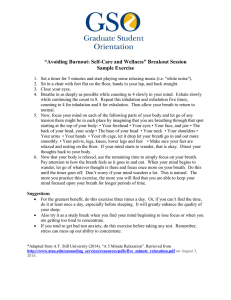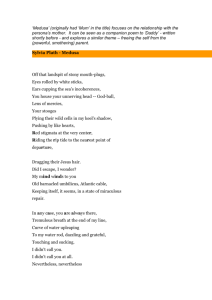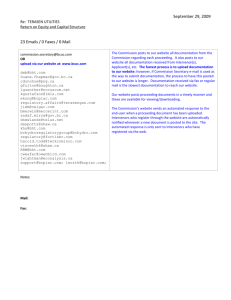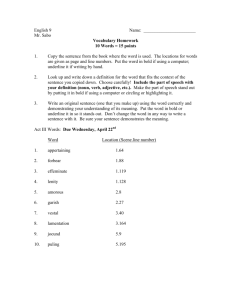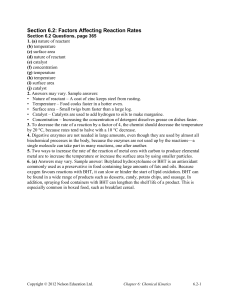Document 14776098
advertisement
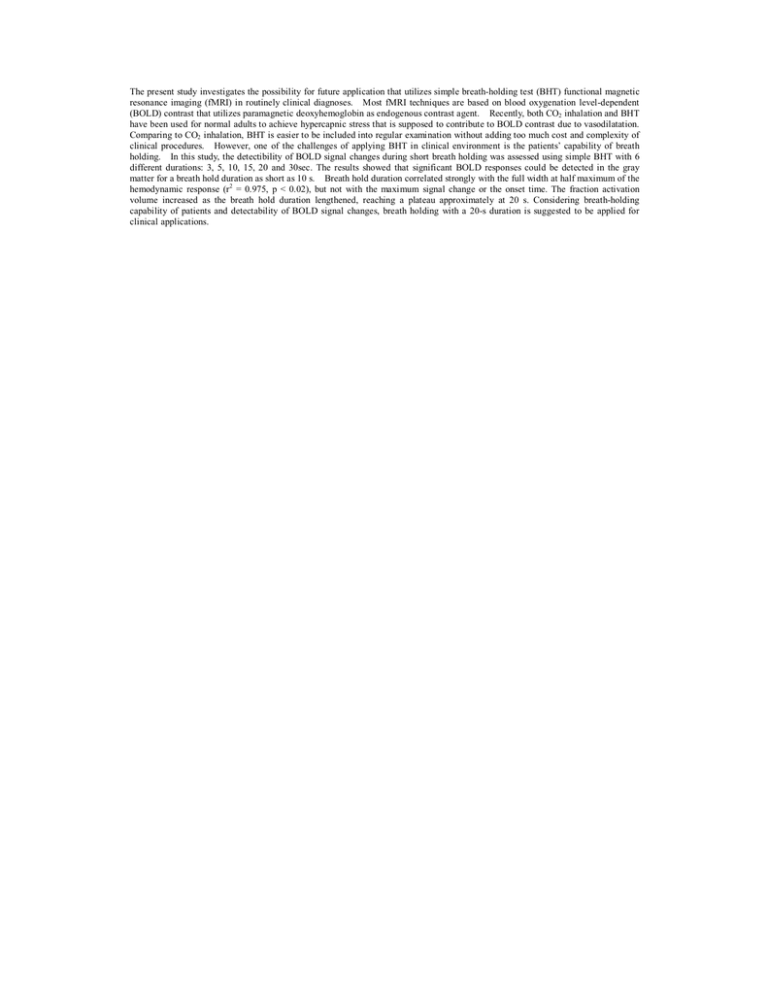
The present study investigates the possibility for future application that utilizes simple breath-holding test (BHT) functional magnetic resonance imaging (fMRI) in routinely clinical diagnoses. Most fMRI techniques are based on blood oxygenation level-dependent (BOLD) contrast that utilizes paramagnetic deoxyhemoglobin as endogenous contrast agent. Recently, both CO2 inhalation and BHT have been used for normal adults to achieve hypercapnic stress that is supposed to contribute to BOLD contrast due to vasodilatation. Comparing to CO2 inhalation, BHT is easier to be included into regular examination without adding too much cost and complexity of clinical procedures. However, one of the challenges of applying BHT in clinical environment is the patients’ capability of breath holding. In this study, the detectibility of BOLD signal changes during short breath holding was assessed using simple BHT with 6 different durations: 3, 5, 10, 15, 20 and 30sec. The results showed that significant BOLD responses could be detected in the gray matter for a breath hold duration as short as 10 s. Breath hold duration correlated strongly with the full width at half maximum of the hemodynamic response (r2 = 0.975, p < 0.02), but not with the maximum signal change or the onset time. The fraction activation volume increased as the breath hold duration lengthened, reaching a plateau approximately at 20 s. Considering breath-holding capability of patients and detectability of BOLD signal changes, breath holding with a 20-s duration is suggested to be applied for clinical applications.
